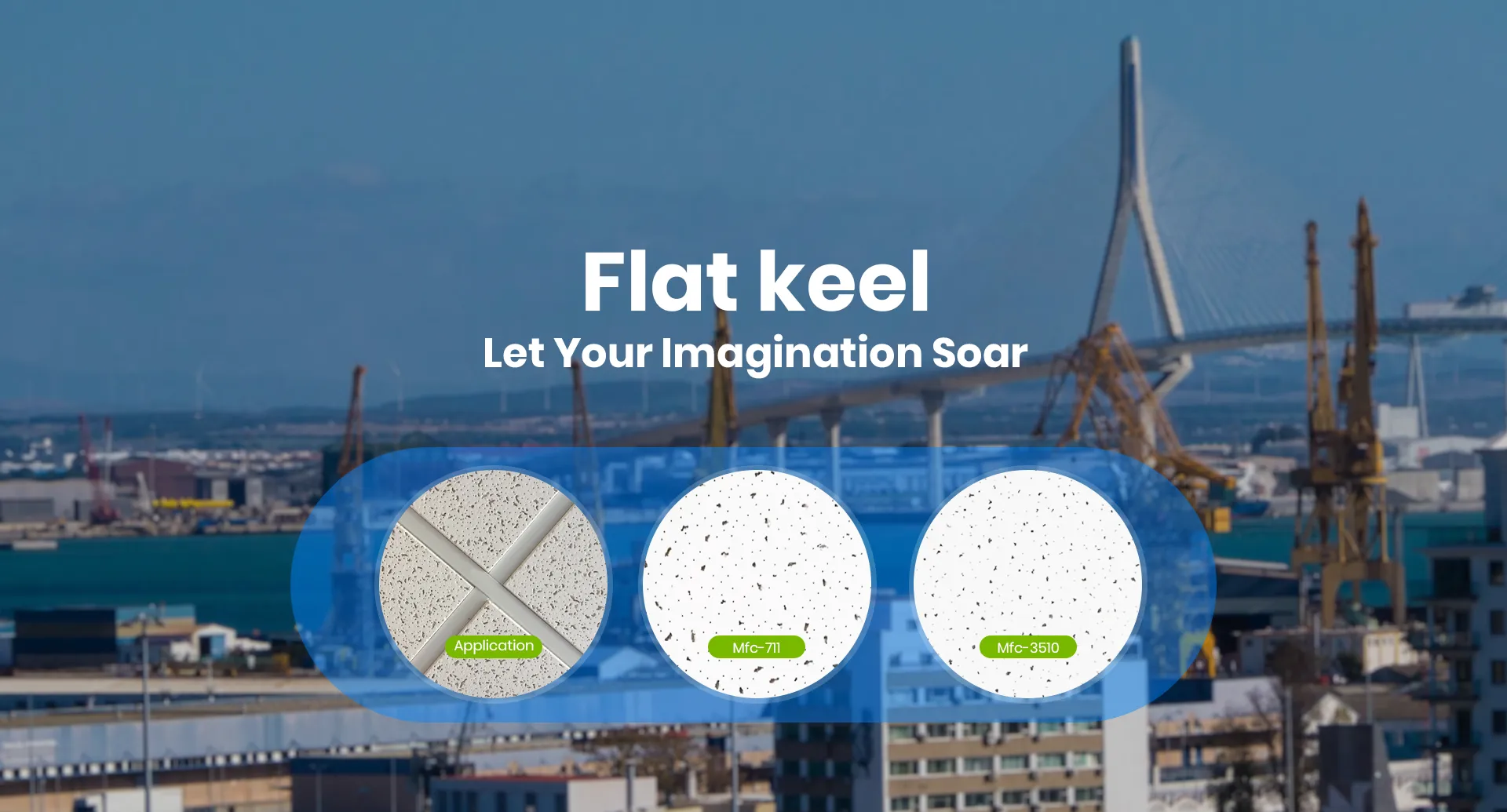Dec . 12, 2024 03:30 Back to list
Choosing the Right Ceiling Access Panels for Your Needs
Access Panels for Ceilings An Essential Guide
Access panels, also known as access doors, are a crucial component in the design and maintenance of modern buildings, particularly in commercial and residential constructions. These panels offer convenient access to concealed spaces above ceilings, making it easier to manage utilities, perform maintenance, and ensure a safe environment. This article will explore the significance, types, installation, and benefits of access panels for ceilings.
Significance of Access Panels
Access panels play a vital role in ensuring that essential systems, such as electrical wiring, plumbing, and HVAC (Heating, Ventilation, and Air Conditioning), are easily reachable. They minimize the need for extensive demolition when repairs or inspections are required, saving both time and money. By providing a straightforward means to access potentially hidden systems, access panels contribute to the overall efficiency and safety of a building.
Types of Access Panels
There are several types of access panels available on the market, each designed to serve specific purposes
1. Standard Access Panels These are the most common type, used for general access to ductwork, plumbing, and electrical systems. They usually come in a variety of sizes and materials, including plastic, metal, and drywall.
2. Fire-Rated Access Panels Specifically designed for use in fire-rated walls and ceilings, these panels help maintain the integrity of fire-resistant constructions. They are built to withstand high temperatures and help slow down the spread of fire and smoke.
3. Waterproof Access Panels Ideal for areas that may be exposed to moisture or water, such as bathrooms or kitchens, these panels are made from water-resistant materials, ensuring durability and preventing damage.
4. Security Access Panels Designed for areas requiring limited access, these panels often feature locks or other security measures to ensure that only authorized personnel can access the contents behind them.
5. Acoustic Access Panels These panels are specifically engineered to reduce sound transmission, making them suitable for recording studios, conference rooms, or any space where sound control is crucial.
Installation of Access Panels
access panels for ceilings

Installing an access panel requires careful consideration to ensure it functions correctly without compromising the structural integrity of the ceiling
. Here are the general steps involved in the installation process1. Identify Location Determine the best location for the panel, ensuring it provides easy access to the necessary utilities while avoiding interference with other structures.
2. Prepare the Opening Cut an opening in the ceiling material that matches the dimensions of the access panel. Make sure to avoid electrical wiring or plumbing lines during this process.
3. Mount the Panel Fit the access panel into the opening, securing it according to the manufacturer's instructions. This may involve screws, adhesive, or other methods of attachment.
4. Finish the Surrounding Area Once the panel is installed, finish any surrounding drywall or ceiling materials to achieve a seamless look, if desired.
Benefits of Access Panels
The benefits of incorporating access panels into ceiling designs are numerous
- Ease of Maintenance They offer quick access to systems that require regular checks or emergency repairs, thus reducing downtime.
- Cost-Effective By allowing for easy access, they eliminate the need for costly demolition and reconstruction during maintenance work.
- Improved Aesthetics Modern access panels come in various finishes that can blend well with ceiling designs, maintaining the overall aesthetic appeal of a space.
- Enhanced Safety They help ensure that building systems are maintained properly, reducing the risk of potential hazards like electrical failures or water leaks.
In conclusion, access panels for ceilings are a vital aspect of modern building design and maintenance. They provide a practical solution for easy access to crucial utilities while enhancing safety and reducing costs. By selecting the appropriate type of access panel and installing it correctly, property owners can ensure a well-functioning and efficient environment.
-
Durable Ceiling T Grid Systems | Easy InstallationNewsAug.29,2025
-
PVC Gypsum Ceiling: Durable, Laminated Tiles for Modern SpacesNewsAug.28,2025
-
Pvc Gypsum Ceiling Is DurableNewsAug.21,2025
-
Mineral Fiber Board Is DurableNewsAug.21,2025
-
Ceiling Tile Clip Reusable DesignNewsAug.21,2025
-
Ceiling T Grid Modular DesignNewsAug.21,2025







